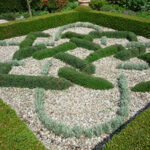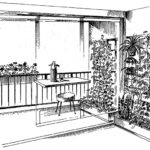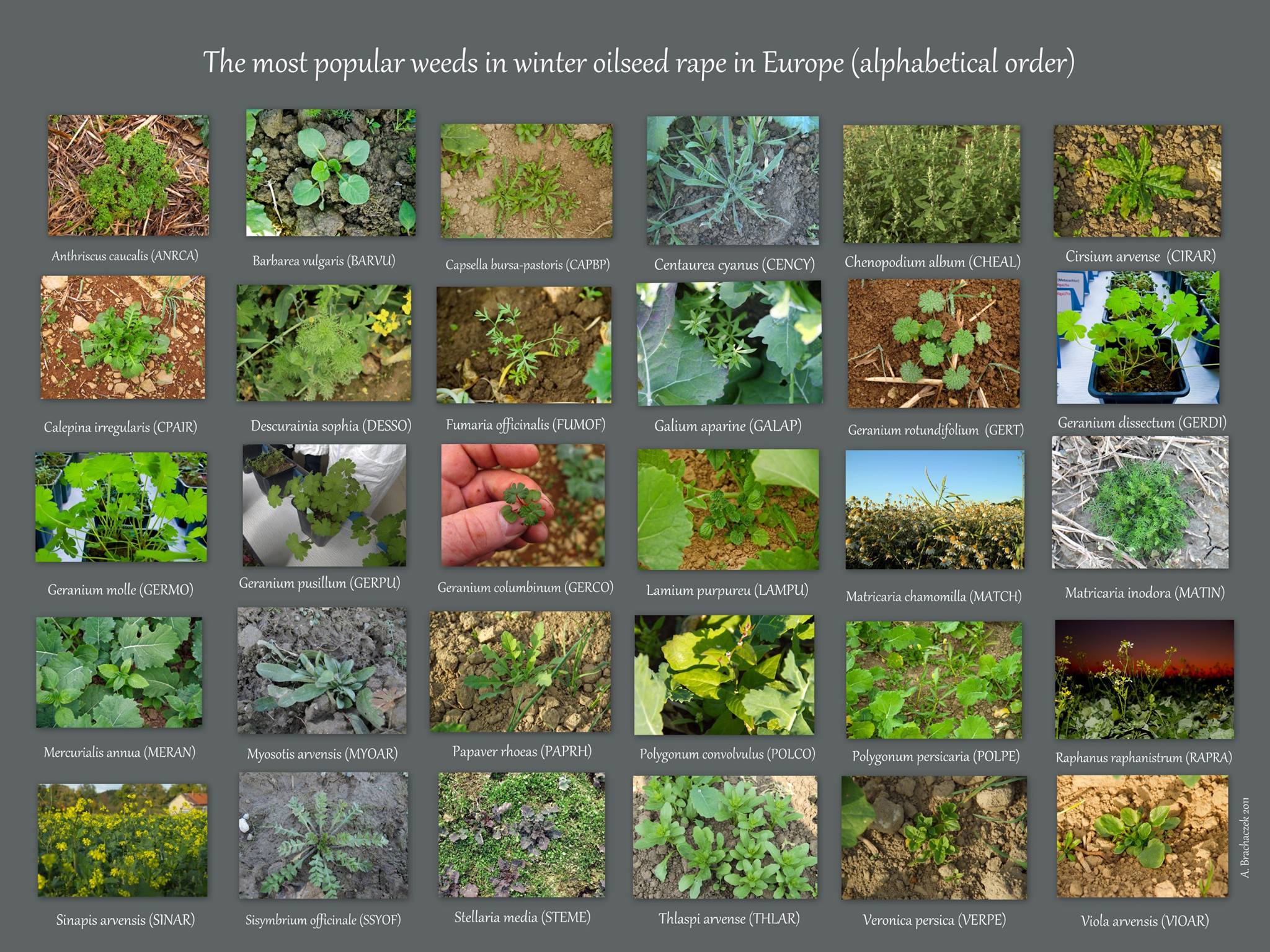 Definiowanie pojęć – rośliny.
Definiowanie pojęć – rośliny.
Ogrodnicy stosują sporo bardziej lub mniej specjalistycznych określeń, by opisywać rośliny, ich wzrost i rozwój. Jeśli więc dopiero rozpoczynamy naszą przygodę z ogrodnictwem, warto poznać niektóre z nich.
Rośliny jednoroczne to rośliny, które cały swój cykl rozwojowy – od wykiełkowania z nasiona do wydania własnych nasion – przechodzą w ciągu jednego okresu wegetacyjnego, a później obumierają. Cykl ten nie przekracza mniej więcej roku. Wysokość roślin jednorocznych dochodzi do 60 cm (lub więcej, jeśli są to np. słoneczniki), zazwyczaj jednak mniej. Niektórzy ogrodnicy roślinami jednorocznymi mylnie nazywają gatunki ozdobne uprawiane tylko przez jeden rok, które później tylko tracą swój atrakcyjny wygląd. Rośliny jednoroczne służą często do wypełniania wolnych przestrzeni na klombach.
Rośliny dwuletnie do odbycia cyklu rozwojowego potrzebują dwóch okresów wegetacyjnych. Niektóre rośliny dwuletnie można uprawiać jako rośliny ozime, wysiewane późnym latem lub jesienią. Wytwarzają pędy kwiatowe i nasiona w następnym roku. Rośliny dwuletnie przydają klombom wysokości. Typowym przykładem, często spotykanym w ogrodach, jest naparstnica. Niektóre rośliny wieloletnie traktowane są przez ogrodników jako dwuletnie, ponieważ po dwóch latach wytwarzają mniej kwiatów i nie są już tak atrakcyjne. Sporo roślin dwuletnich znajdziemy w ogrodach warzywnych, np. cebulę czy marchew, chociaż rzadko kiedy zdążą zakwitnąć i wydać nasiona w drugim roku, dlatego, że kiedy już zmagazynują odpowiednią ilość substancji zapasowych, zjadamy je.
Rośliny wieloletnie to rośliny, które żyją dłużej niż rok czy dwa lata. Zaliczamy do nich zarówno drzewa, jak i byliny – rośliny o niezdrewniałych częściach nadziemnych. Warto zaznaczyć, że niektóre rośliny wieloletnie, np. tropikalne, ze względu na dużą wrażliwość na przymrozki w naszej strefie klimatycznej, traktowane są jak rośliny jednoroczne. Większość roślin wieloletnich wymaga sporo czasu, zanim zakwitnie. W wypadku mniejszych roślin okres ten trwa od dwóch do pięciu lat, a dla drzew i krzewów od trzech do 30, przy czym jest regułą, że większe rośliny potrzebują więcej czasu niż mniejsze. Drzewa zatem zakwitną później niż krzewy. U większości roślin wieloletnich warto usuwać obumarłe kwiaty, przedłużając w ten sposób okres ich kwitnienia.
Rośliny zielne to rośliny o niezdrewniałej łodydze, które mogą należeć zarówno do roślin jednorocznych, dwuletnich, jak i bylin. Ich okres wegetacyjny kończy się zazwyczaj z chwilą nadejścia mrozów (chociaż są wyjątki, np. ciemierniki). Z roślin zielnych tworzy się najczęściej ciekawe kompozycje na klombach. Z roku na rok rozrastają się bardziej wszerz niż wzwyż, dlatego są wygodniejsze w uprawie niż krzewy i drzewa.
Rośliny zimozielone, w odróżnieniu od krzewów i drzew zrzucających na zimę liście, które wcześniej raczą nas wspaniałym, jesiennym ubarwieniem, nie tracą liści, ani nie zamierają na zimę jak rośliny zielne. Rośliny zimozielone są szczególnie cenne zimą, stanowiąc osłonę i dbając w ogrodzie o kolor, a często także o kwiaty i zapach. Większość z nich to rośliny iglaste lub posiadające grube, skórzaste liście, jak np. bukszpan. Do roślin zimozielonych zalicza się także gatunki, które przez cały rok zachowują liście o barwie szarej lub srebrzystej. Wiele pochodzi z basenu Morza Śródziemnego, choć są wśród nich także popularne zioła, np. lawenda, tymianek czy szałwia. Wszystkie wymagają słonecznego stanowiska i dobrze przepuszczalnego podłoża.






_big.jpg)

